Story and visual influences on The X-Files : Season 6
– Season 6 [1998-1999] –
6X01: The Beginning
– Aliens (James Cameron, 1986)
Continuing from the movie Fight the Future, the mythology with chest-busting alien creatures continues, with imagery that immediately brings “Alien” and “Aliens” to mind.
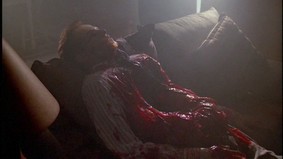 |
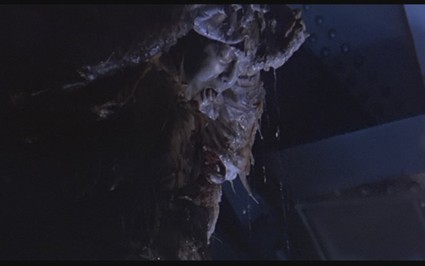 |
– D.A.R.Y.L. (Simon Wincer, 1985)
Same with 3X09: Nisei, the point-of-view angles, the medical equipment and the doctors in the examination scenes are very similar, more so in this episode since the one experimented upon in the head is a child.
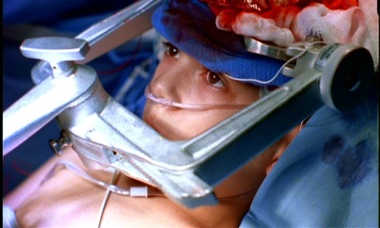 |
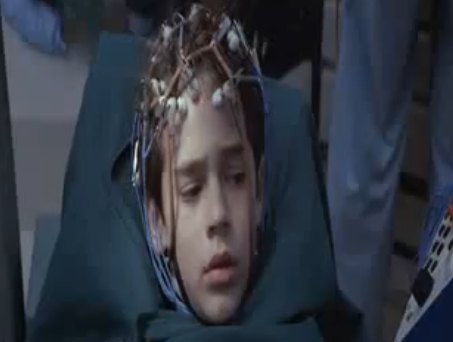 |
6X02: Drive
– Speed (Jan de Bont, 1994)
This episode is an X-Files take on the film, by writer Vince Gilligan’s admission. In the film, a terrorist puts a bomb on a bus and it must keep moving above 50 miles per hour in order to prevent the bomb from going off. This is similar to the way Patrick Crump (Bryan Cranston) has to move west, at a growing speed on top of that, in order to prevent his head from blowing up. The film is referenced in the dialogue by Mulder: “If you stop moving, you die? I think I saw this movie.”
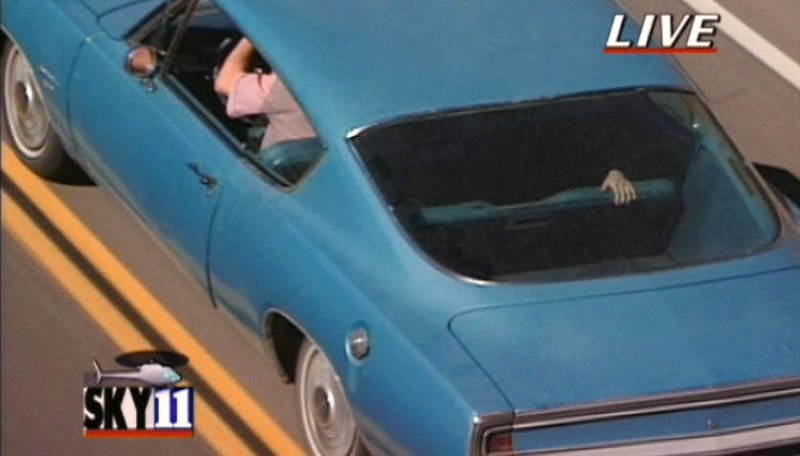 |
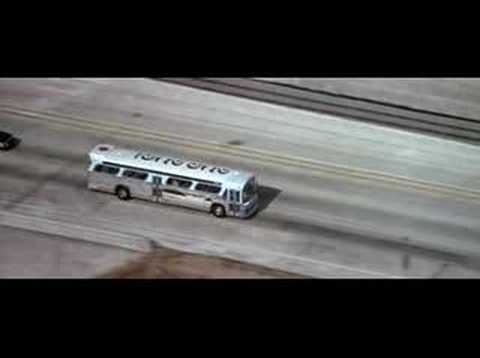 |
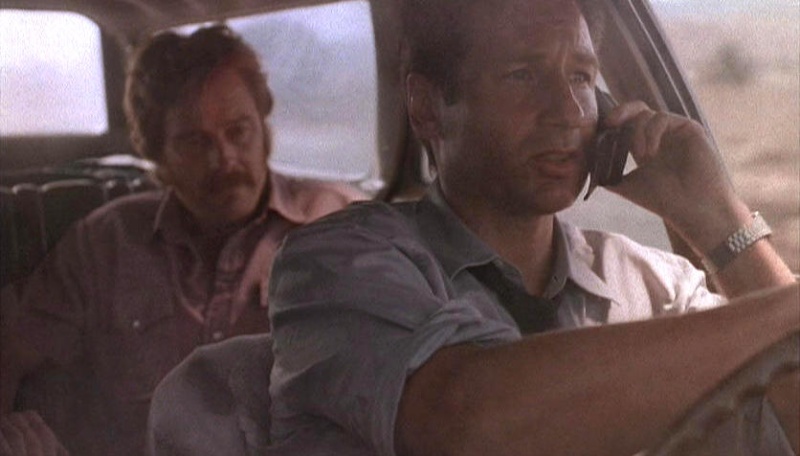 |
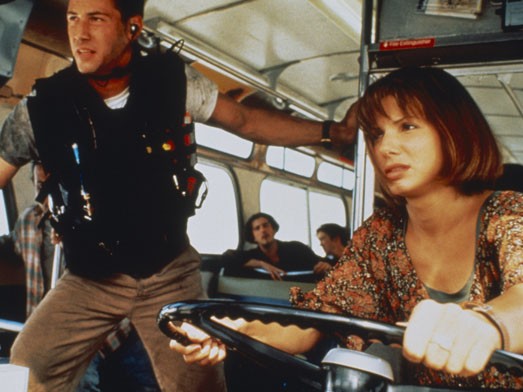 |
6X03: Triangle
– The Wizard of Oz (Victor Fleming, 1939)
The 1939 scenes with Mulder in the past at times feel like a dream, in part because of the fact that Mulder keeps coming across familiar faces in odd roles (Scully as a passenger, Kersh as a worker, Skinner, Spender and the CSM as Nazis). This is similar to the way the three people Dorothy meets in her fantasy world (the Scarecrow, the Tin Man and the Cowardly Lion) all have the faces of three farm workers she knows from her “normal” life. “Oz” is referenced in the dialogue too, in the closing scene in particular: Skinner replies “Right, me and my dog Toto” (Toto was Dorothy’s dog), and Scully comforts Mulder by saying “I want you to think to yourself ‘there’s no place like home'” (a line used by Dorothy when she returns in Kansas). The 1939 adaptation with Judy Garland of the 1900 novel by L. Frank Baum is of course the best-known version of the “Wizard of Oz” story — Mulder’s boat is named “Lady Garland”.
– Rope (Alfred Hitchcock, 1948)
The episode is special in the experiment it made in using long takes, essentially one long take per act, thus following the characters in real time and in a confined space (the ship, FBI offices). In this way, it is modelled on Hitchcock’s film, which experimented with the same technique, clocking at 80 minutes and 10 shots, with the film taking place in real time in a confined space (an apartment) — the fact that “Rope” was based on a theatrical play (Patrick Hamilton, 1929) undoubtedly helped with the concept. So as to increase the impression of a long take in real time, Hitchcock tried to disguise transitions between shots by panning over objects and changing the focus or with objects quickly crossing the frame (a jacket, a piece of furniture) and editing two shots together; the episode used similar guidelines (the darkness of the machine room, the camera entering through curtains). The limiting element in both film and episode was the length of film a camera magazine could handle (about 10-12 minutes, which is a bit more than the length of an episode act).
– Casablanca (Michael Curtiz, 1942)
Continuing with the references to old movies, Triangle’s story could have been inspired by “Casablanca”, a story set in 1942 at the beginning of World War II (the same era as the episode, 1939) and dealing with resistance against the Nazi menace. The relationship between Rick (Humphrey Bogart) and (Ingrid Bergman) is set against the background of Laszlo (Paul Henreid), a Czech leader of the resistance, being searched by the Nazis in Vichy-controlled Morocco, and Rick being led to choose whether he will deliver Laszlo to them or not. This is similar to the search by the Nazis in the episode for the nuclear scientist and the Nazis forcing Mulder and “Scully” to deliver him to them.
– Semisonic – Closing Time (Chris Applebaum, 1998)
The video clip for this song by Semisonic is explicitly credited by Chris Carter as an inspiration (season 6 DVD audio commentary). The song came out in March 1998, barely months before the episode was shot. It makes an intelligent use of the split screen: it is made up of two continuous shots side by side, with characters occasionally leaving one shot and then appearing on the other as the cameras move around; the clip ends with both shots joining and showing the same scene.
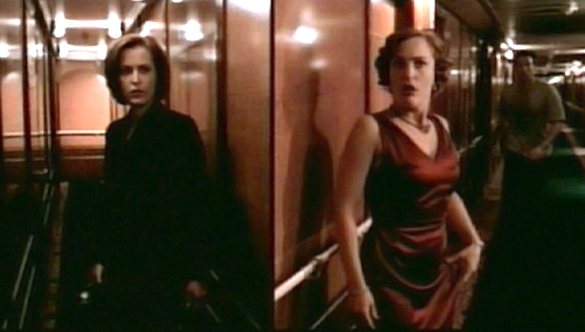

Similar camera work used in the episode where past-Scully and present-Scully are both in the same corridor aboard the Queen Anne and magically “switch sides”.
The full video clip can be seen here.
– Titanic (James Cameron, 1997)
How not to think of “Titanic” when considering scenes happening on an early 20th century boat? Back when this episode was made, “Titanic”’s huge commercial success about a year before was still fresh in everybody’s memories. Notably, 1939-Scully’s dress is very similar to Rose’s (Kate Winslet) red dress from the movie.
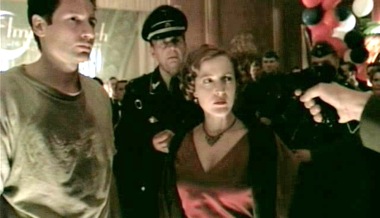 |
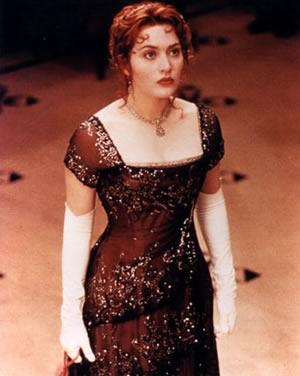 |
– The Shadow #5: Night of Neptune’s Death (Dennis O’Neil, Frank Robbins, 1974)
This comic book issue of the crime-fighting caped vigilante takes place right before or during World War II aboard a ship called the Neptune. Nazis board the ship looking for a peace envoy. The agent that assists the Shadow is a woman called Margo Lane, who wears a bright red dress similar to the 1939 Scully. Also, and FBI agent tries to stop the Shadow when he appears.

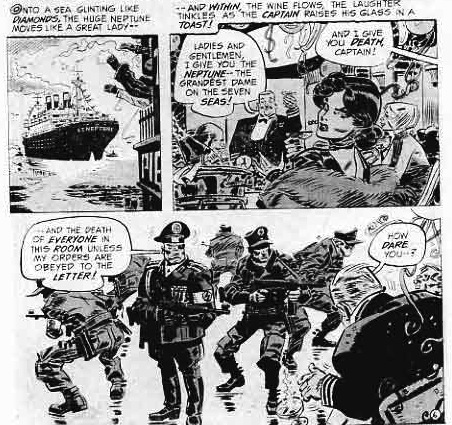
This reference was spotted by Chris Knowles — see the X-Files Lexicon article here.
6X05: Dreamland II
– Duck Soup (Leo McCarey, 1933)
The scene where Mulder-as-Fletcher dances and moves in front of the mirror, with the reflected Fletcher (Michael McKean) following his every exact move, is a direct lift (down to individual moves) and homage to the Marx Brothers’ “Duck Soup”, where Groucho and Harpo Marx pretend one is the other. The difference with the episode is that they are different characters, whereas in the episode we are supposed to see Mulder’s reflection in the mirror; the scene, however, was shot with both actors Duchovny and McKean doing the same choreography simultaneously.
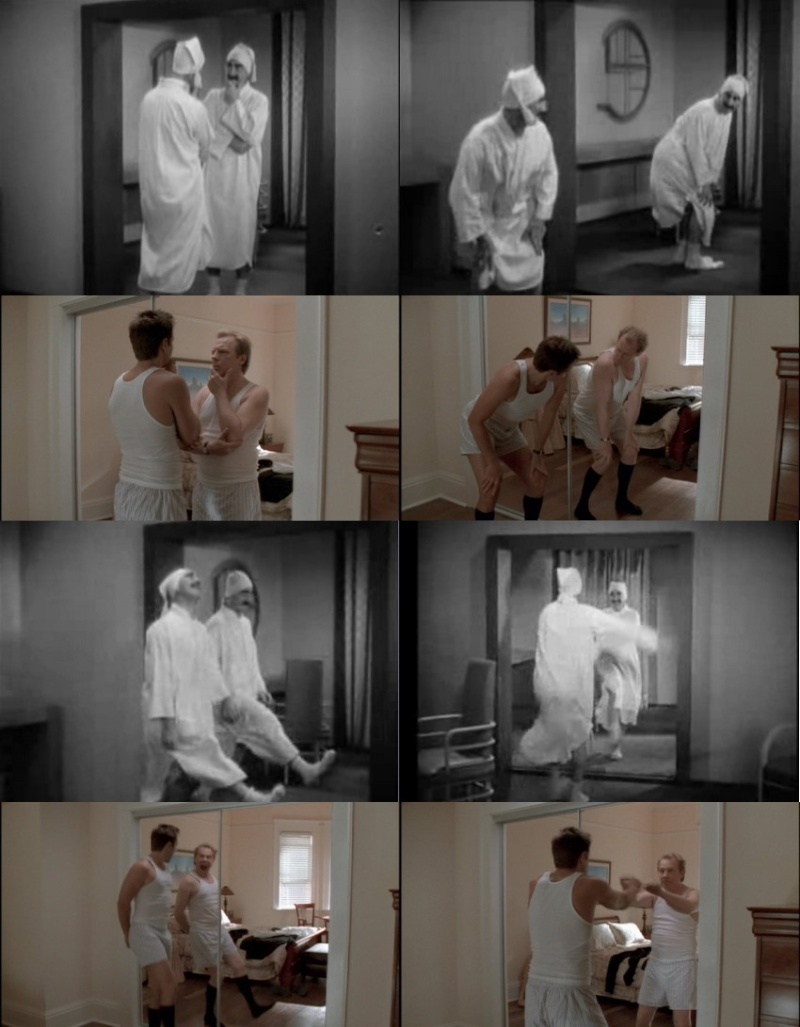
The scene on YouTube.
6X06: Terms of Endearment
– Rosemary’s Baby (Roman Polanski, 1968)
Any episode centering on pregnancies and demons immediately reminds one of “Rosemary’s Baby”. The plot of the film is very similar to the beginning of the episode: a woman is pregnant and has worries and nightmares that a demonic presence might actually be responsible for the baby. The episode progressively moves away from the film, turning the demon concept on its head and making the demon the hero we are made to feel sorry for. The film is even mentioned in the dialogue by Scully: “I saw Rosemary’s Baby on cable the other night”!
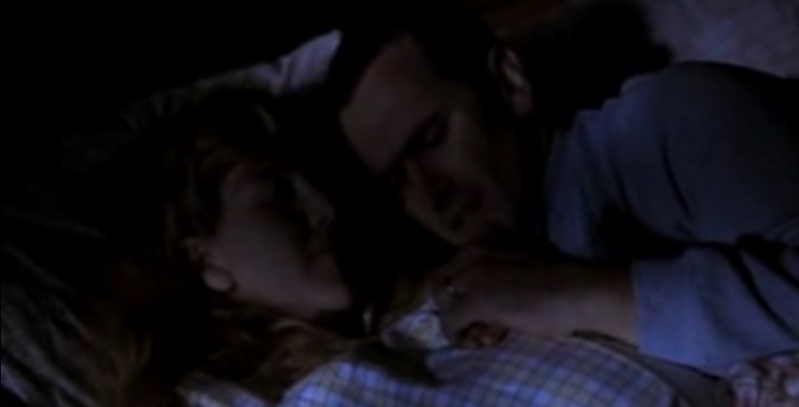 |
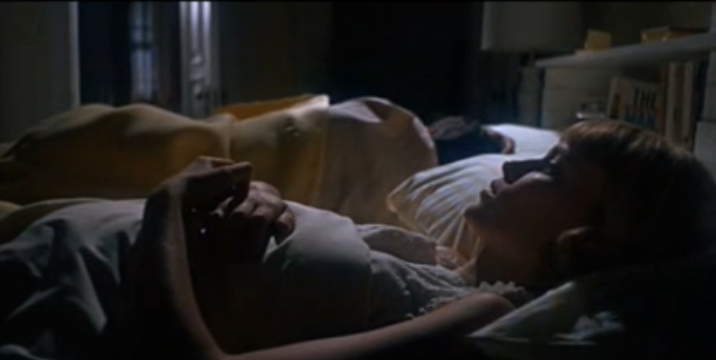 |
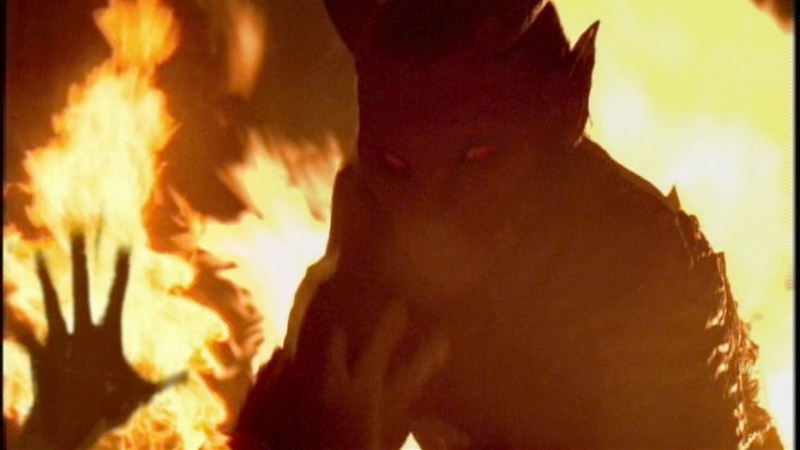 |
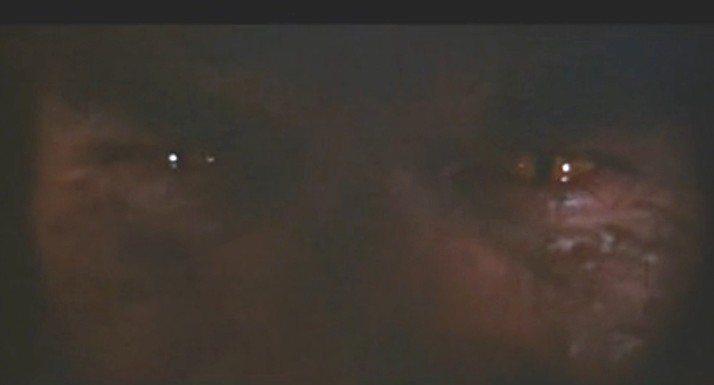 |
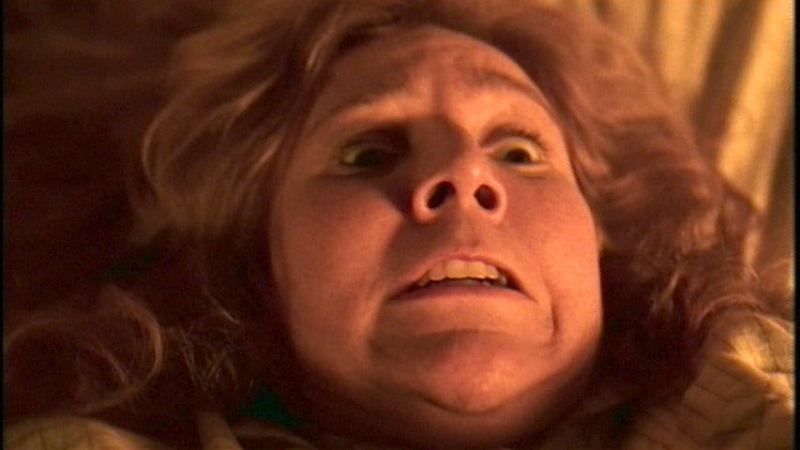 |
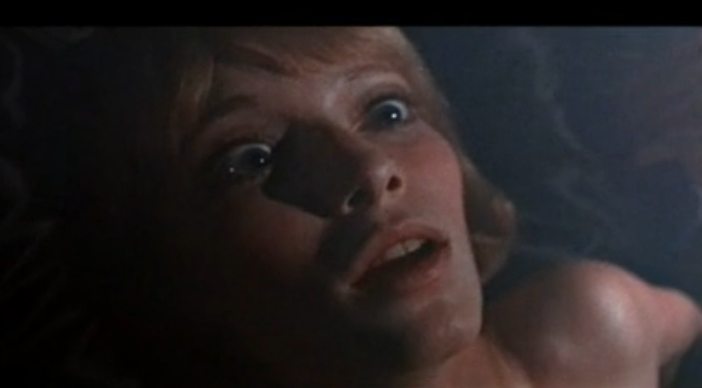 |
In the film, Rosemary (Mia Farrow) is given a drink that would help the pregnancy, made of “a raw egg, gelatin, herbs… along with some other things”, in a glass that looks like milk — a drink Rosemary later refuses because she thinks it’s doing her harm. This is very similar to the episode, where Laura is given a milk she thinks is a “herbal sleep aid” but actually contains the poison mandrake.
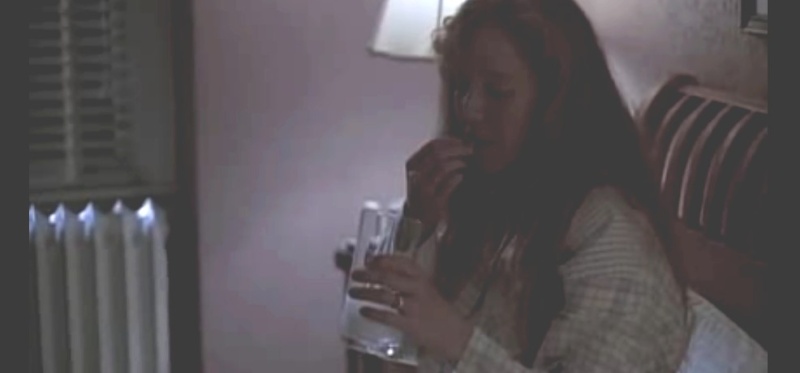 |
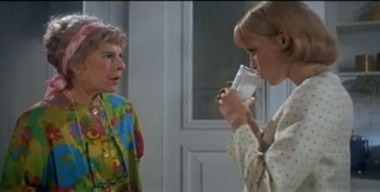 |
– Suspicion (Alfred Hitchcock, 1941)
Moreover, the drink Laura (Lisa Jane Persky) is given in the episode is shown, very menacingly, glowing greenly in the dark while her husband is carrying it to her bedroom. This is lifted exactly from Hitchcock’s film, where the husband brings a glowing glass of milk to the wife, who is suspecting her husband of plotting against her.
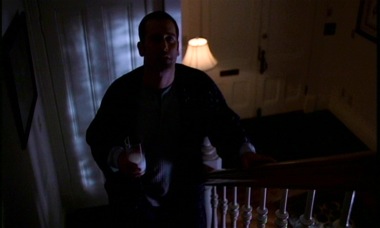 |
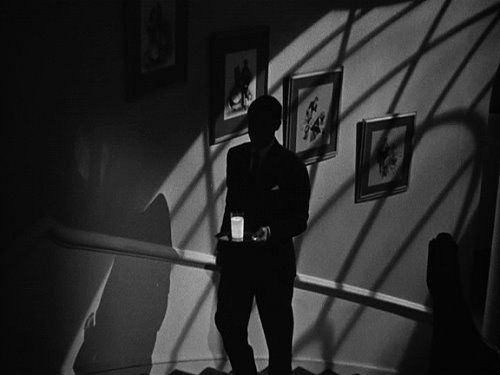 |
– The Hidden (Jack Sholder, 1987)
The way the demonic (?) spirit transfers from body to body in the episode, a “breath” of light coming out of the host’s mouth, is similar to the way one of the aliens in “The Hidden” jumps from host to host; this happens in a hospital. In the episode it happens twice, one in a jail and once in a hospital as well.
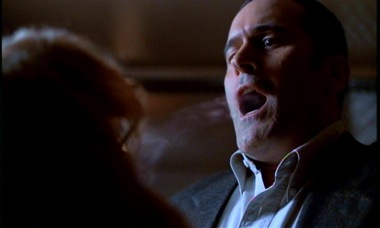 |
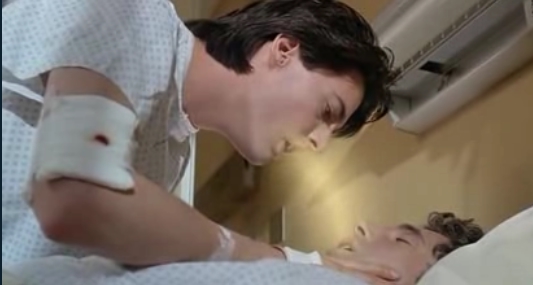 |
6X07: The Rain King
– The Wizard of Oz (Victor Fleming, 1939)
“Wizard of Oz” references are of course obvious with the setting of the episode in Kansas, the rainbow at the closing of the episode, and the “children’s tale”-like tone of the episode overall.
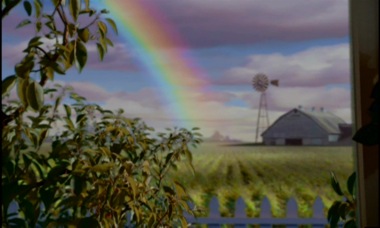 |
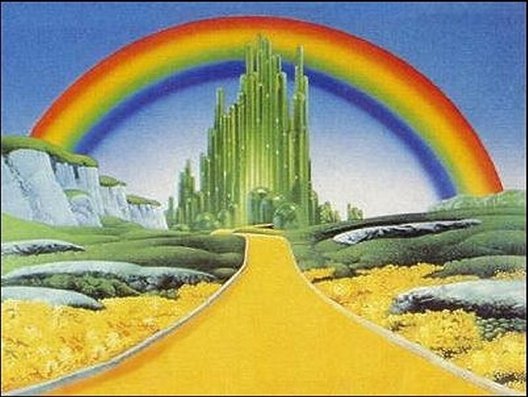 |
6X08: How the Ghosts Stole Christmas
– The Haunting (Robert Wise, 1963)
The episode is an X-File on the classic horror trope of the haunted house, and there are many examples to mention: “The Amityville Horror” (Stuart Rosenberg, 1979) and its many sequels, “House on Haunted Hill” (William Castle, 1959), in some ways “Psycho” (Alfred Hitchcock, 1960)… But we can mention “The Haunting” specifically not because of its tone (not comedic at all!) but because of the way that in the film, similar to the episode, characters are drawn to linger in the house even if they know that it is doing them harm, and some characters end up killing each other.
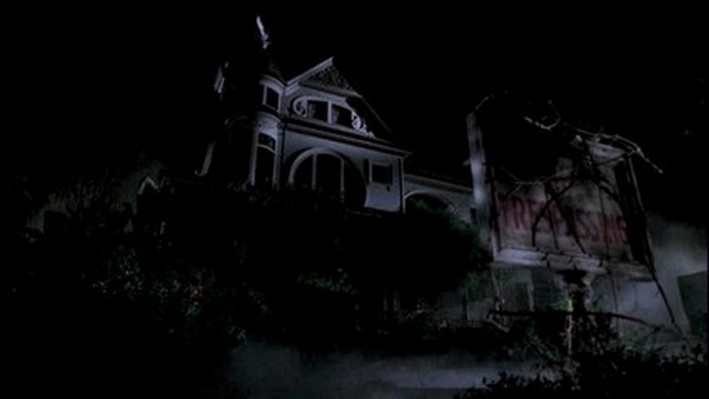 |
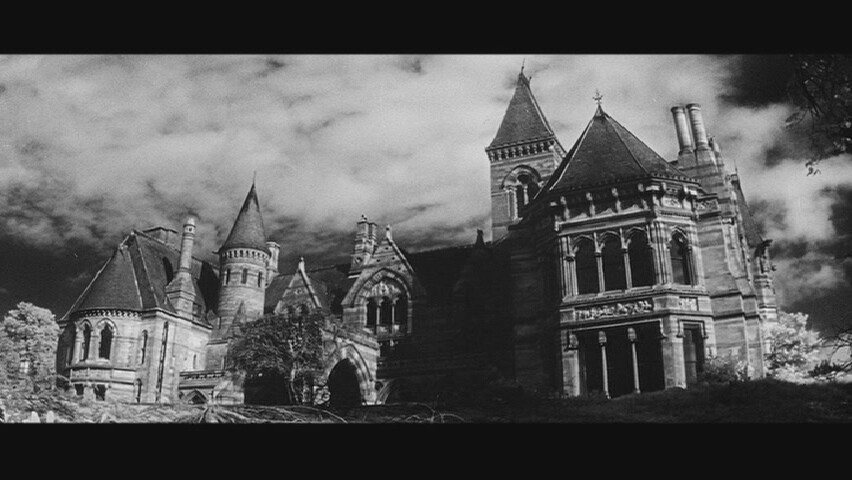 |
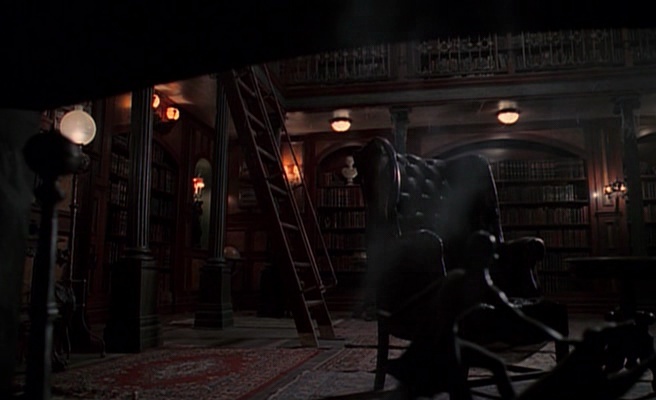 |
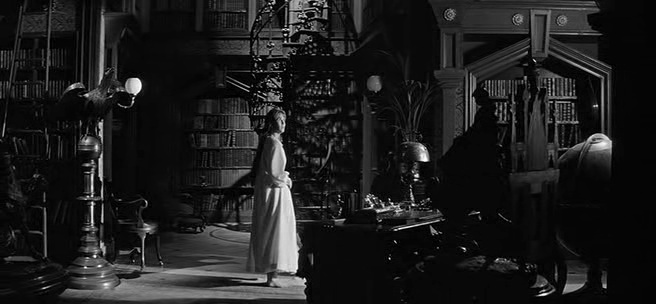 |
– Beetlejuice (Tim Burton, 1988)
However, the most direct story inspiration is certainly “Beetlejuice”, in which a young but deceased couple haunt their house and its new occupants, and even bring in a freelance “bio-exorcist” ghost to scare the new occupants away for them. The tone is dark comedy and the goal of the couple is the same as the old couple in the episode.
– Death Becomes Her (Robert Zemeckis, 1992)
In this dark comedy, two rival women (Meryl Streep, Goldie Hawn) drink a magic potion that makes them immortal. One shoots the other and leaves a large gaping hole in her belly, but she doesn’t die. This uncanny bodily feature is the same as for Lyda (Lily Tomlin) in this episode; Maurice (Edward Asner) had a bullet hole through his head.
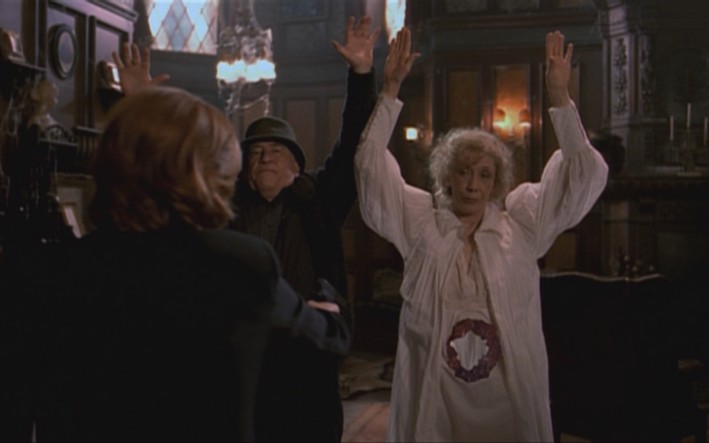 |
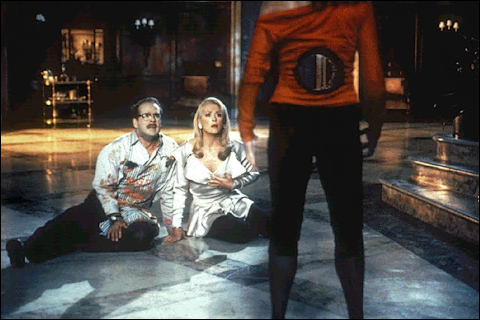 |
– Terminator 2: Judgment Day (James Cameron, 1991)
Perhaps less of an inspiration than the previous one, however the bullet hole through the head is featured in this film too, on the terminator T-1000 (Robert Patrick, later to become Doggett), and we see the same shot of a character looking through it as we see in the episode.
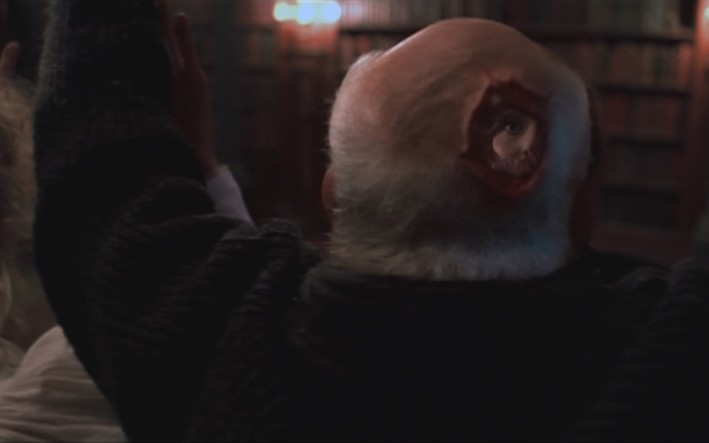 |
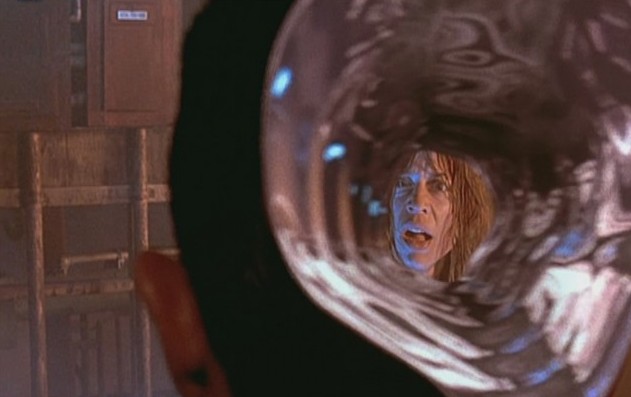 |
6X11: Two Fathers
– V (Kenneth Johnson, 1983) and V: The Final Battle (Richard T. Heffron, 1984)
The way the Rebels are presented in this episode and the next are a bit different from 5X13: Patient X and 5X14: The Red and the Black: they don’t exactly change the shape of their original face but they actually have a layer of skin, which can change form, on top of their normal face. This is similar to the alien invaders in “V”, who have a layer of artificial skin in order to hide their true horrible and reptilian appearance beneath it. The scene where Jeffrey tears the skin off the Rebel’s face and discovers in horror another face beneath it is similar to the discovery scene in “V”.
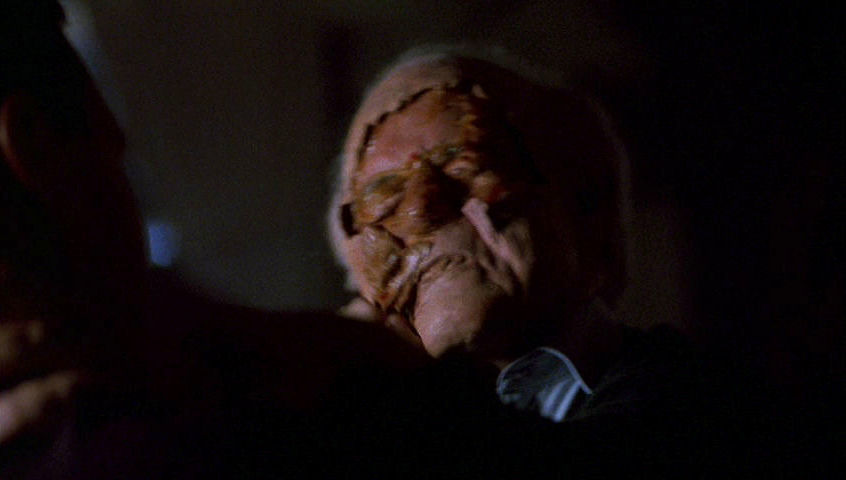 |
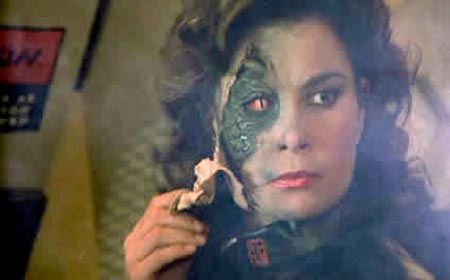 |
6X12: One Son
– Close Encounters of the Third Kind (Steven Spielberg, 1977)
In the flashback scene where the Syndicate first meets the aliens in 1973, the way the aliens are presented, forming a line one next to each other and coming from a light source behind, is similar to the way we first see the aliens in “Close Encounters”. The high contrast that is created from the intense light source associated with UFOs and the silhouettes of the aliens serves to minimize how much of the aliens we, the audience, get to see, and also presents the aliens like a superior, angelic, higher form of life.
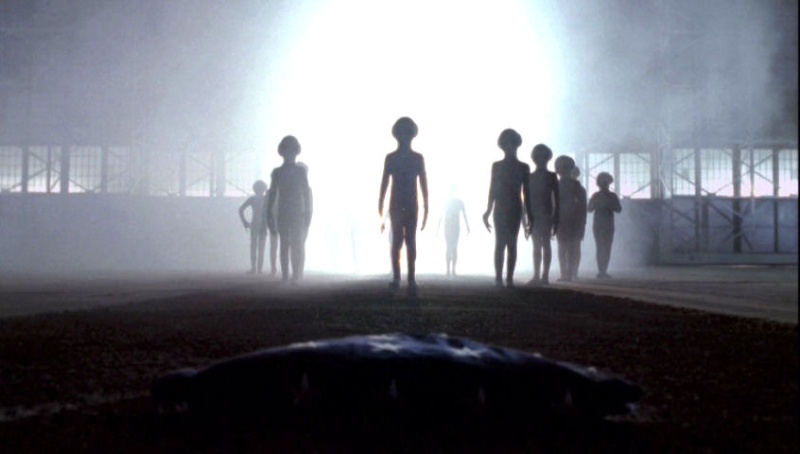 |
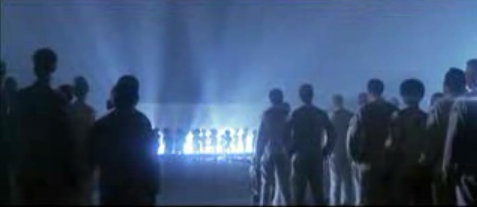 |
– The Boys from Brazil (Franklin J. Schaffner, 1978)
The teaser of the episode shows a 1973 photo of the CSM and Bill Mulder, one opposite to each other, arguing, two strong opinions on where the Syndicate should head next. The staging is reminiscent of a shot in this film, where Seibert (James Mason) and Mengele (Gregory Peck) have opposing views on whether they should abort or continue the experiments they have been conducting for decades.
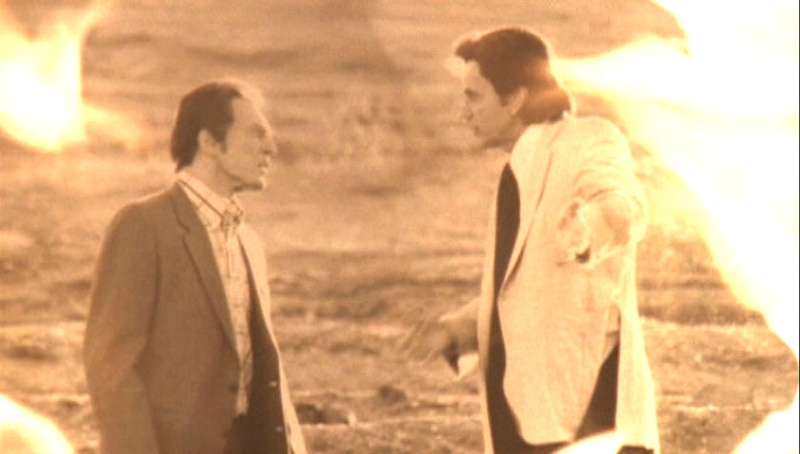 |
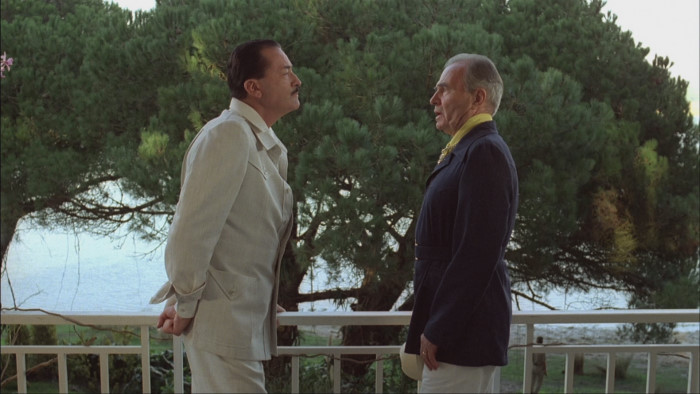 |
6X13: Arcadia
– Poltergeist (Tobe Hooper, 1982)
The phenomena in this thriller are explained by a newly dug swimming pool that rests upon an ancient cemetery, which releases spirits and demons, in a planned community neighborhood. As a result, coffins and corpses emerge from under the ground throughout the neighborhood. This is all similar to the episode, which also takes place in a planned community; Mulder attempts to dig a swimming pool, breaking the laws of the community, and the muddy monster of the episode emerges from underground.
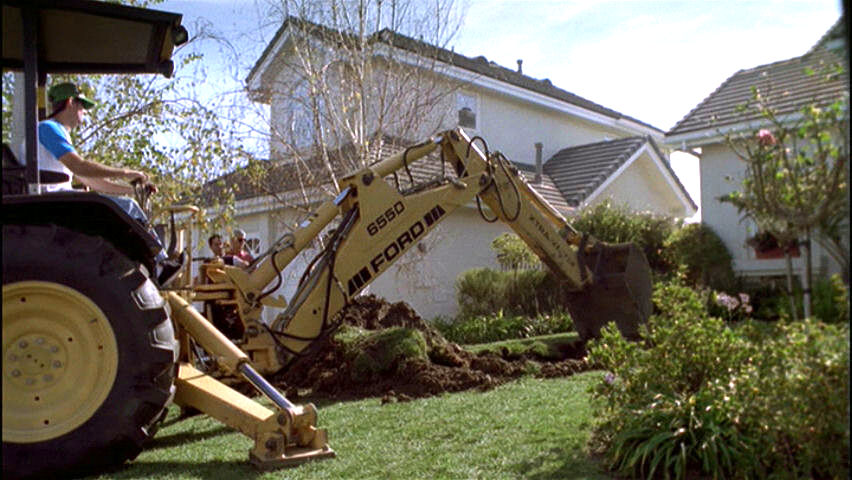 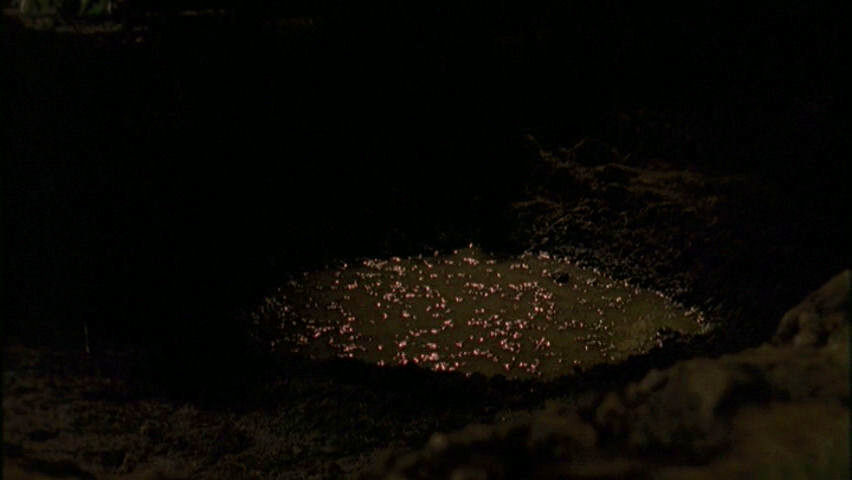 |
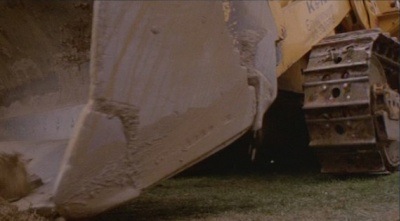 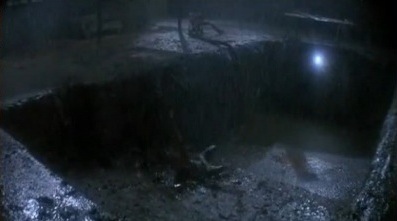 |
– The Dick Van Dyke Show (Carl Reiner, 1961-1966)
The names *Mulder* chooses for Mulder and Scully for their undercover mission in a posh gated community, Rob and Laura Petrie, come from this popular 1960s sitcom. Rob (Dick Van Dyke) is a writer for a fictional comedy show and Laura (Mary Tyler Moore) is a stay-at-home wife.
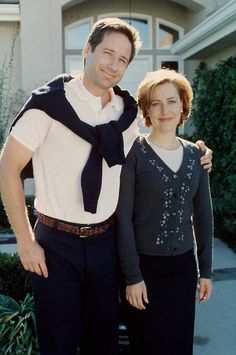 |
– The Truman Show (Peter Weir, 1998)
The absurdly clean houses and streets and the unnerving kindness and smiles of all the inhabitants of the Arcadia gated community is modelled on, or parodies, real gated communities. However this is all very similar to the setting of the “Truman Show”, where the “artificiality” of the setting and of the people Truman (Jim Carrey) encounters is a hint to the fake nature of everything around him.
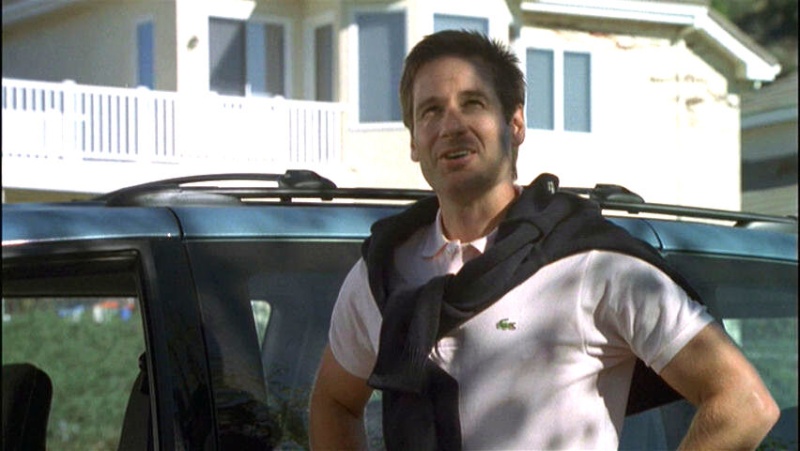 |
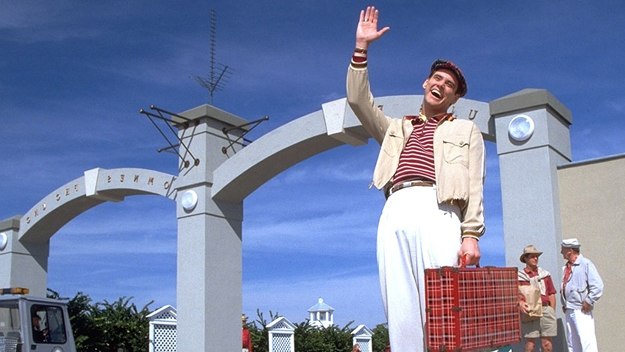 |
6X15: Monday
– Groundhog Day (Harold Ramis, 1993)
The entire episode is an X-Files remake of the “Groundhog Day”, where the protagonist (Bill Murray) re-lives one day over and over again, with perfect memory of the repeated days , until he gets one thing done right (in the film’s case, he “gets the girl”).
When the protagonists wake up again and again, the first thing we see is the alarm clock (broken or not).
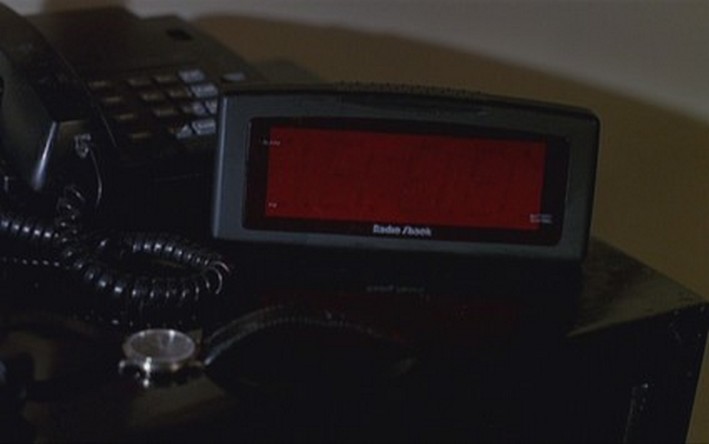 |
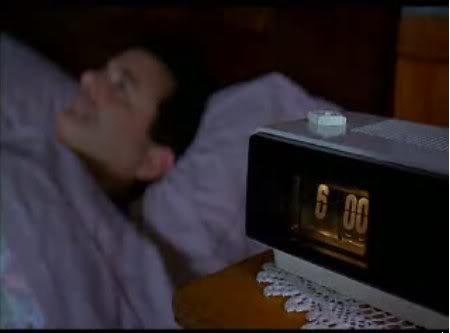 |
6X18: Milagro
– Indiana Jones and the Temple of Doom (Steven Spielberg, 1984)
The “Indiana Jones” film features a graphic scene where a priest during an obscure religious ceremony tears out the heart of a sacrificial victim, the heart still beating in his hands; the victim is then thrown in a fiery pit. This is similar to some of the scenes in this episode: the writer (John Hawkes) (imagines) tearing his beating heart out; and the writer imagines a beating heart in the middle of a basement incinerator.
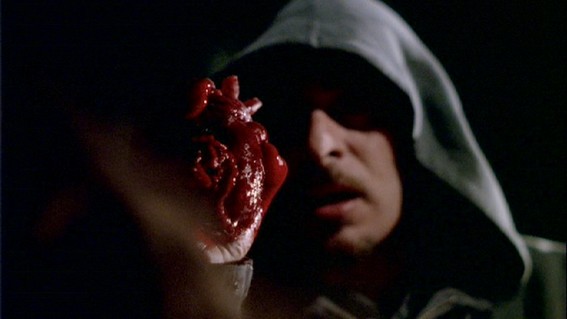 |
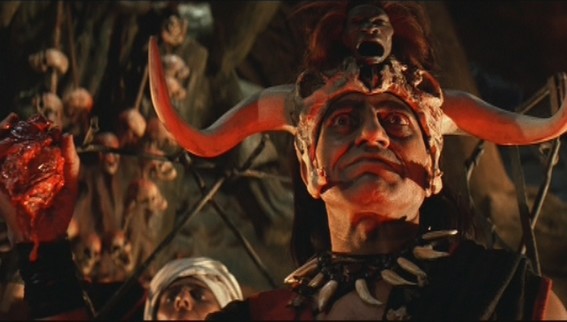 |
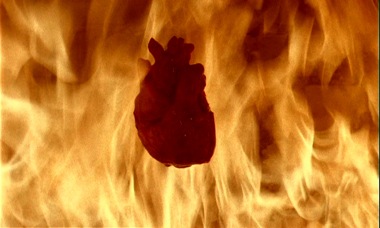 |
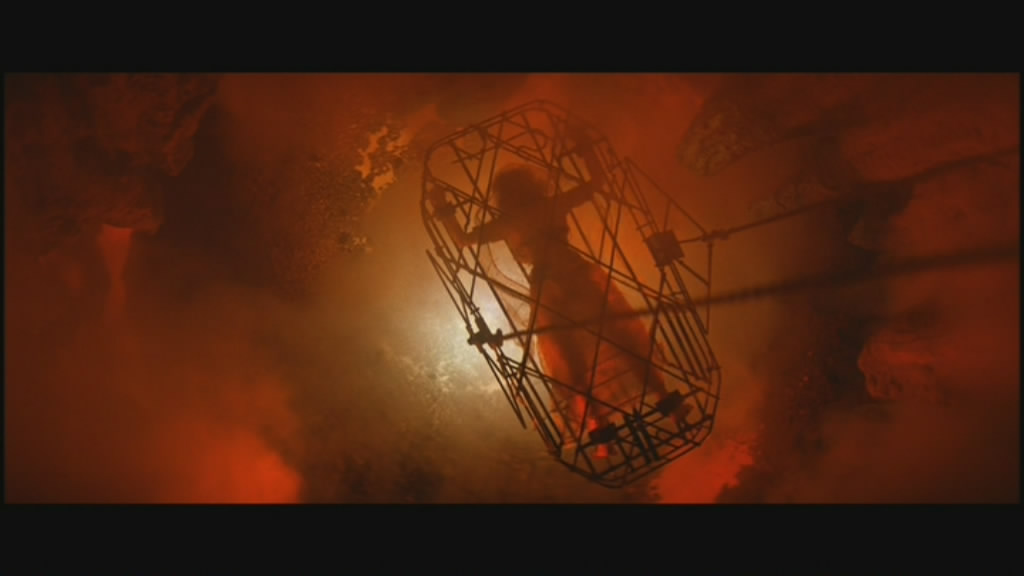 |
6X21: Field Trip
– E.T.: The Extra-Terrestrial (Steven Spielberg, 1982)
The way the (imaginary) alien is revealed in this episode is very similar to the treatment of E.T. in the iconic movie: the slow reveal behind a door or a corridor turn, the angelic glow around the creature, the amazed expressions with a childlike awe on the people discovering it.
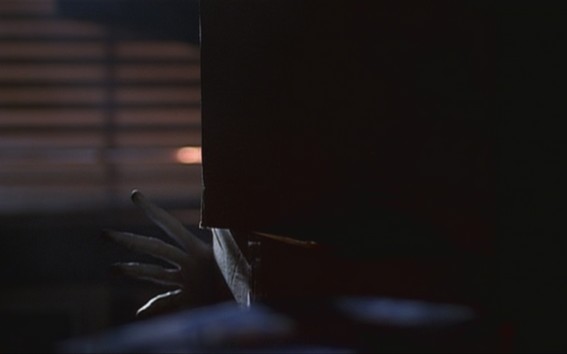 |
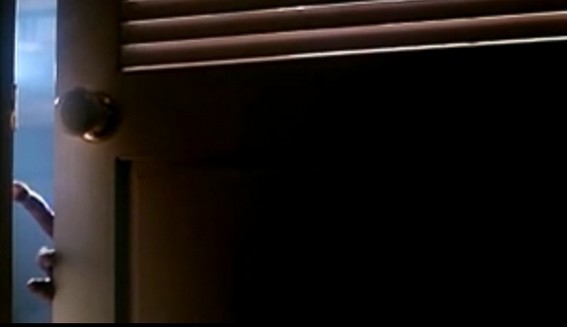 |
Leave a Reply